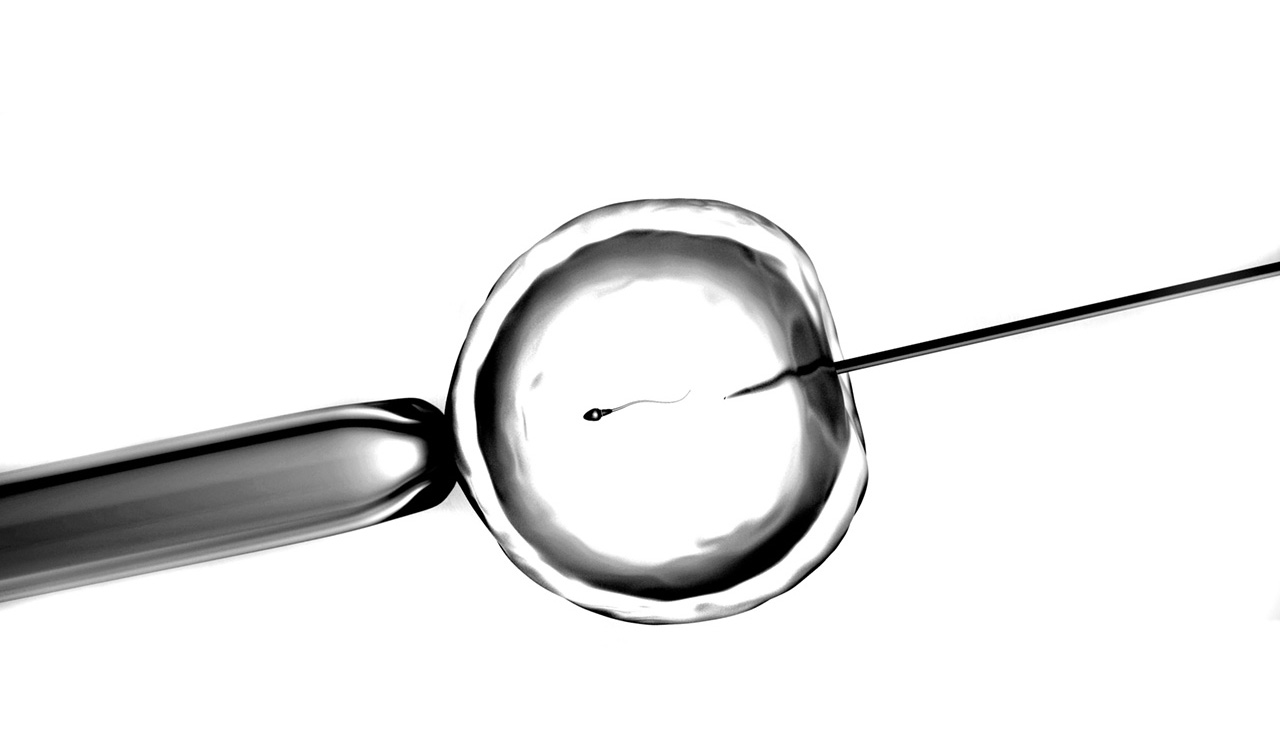The infertility diaries #4
Four years since they decided to try to conceive, one couple gets to grips with the hefty financial and emotional cost of IVF
This is the part where I make a confession. After receiving an ambiguous holding letter from the NHS with no clear timeframe of how long we would have to wait for an appointment at our local fertility clinic, my partner and I decide to go to private.
Private fertility treatment is a luxury not everyone can afford, and neither can we, really. Around six in 10 IVF cycles in the UK are funded privately as couples try to navigate long NHS waiting lists and the postcode lottery of fertility treatment. The cost of treatment varies, but on average one round of IVF in the UK can cost between £5,000 and £10,000, although top London clinics charge £15,000 or more.
Considering Human Fertilisation and Embryology Authority (HFEA) research which found just one in every four embryos transferred resulted in a live birth in 2018, with the average patient having three rounds, it’s a dear do.
Every so often the tabloids will feature a story of a woman in her early forties, usually white and middle-class, who has finally conceived her miracle child or children after successive rounds of IVF, with the final bill amounting to tens of thousands of pounds.
Reproductive science is amazing for those who can afford it. But the reality is, for most people who struggle with infertility, private treatment simply isn’t an option.
I find a clinic that offers a package for £2,750, but it has strict criteria for patients. To qualify for discounted treatment the female patient must be under 37, have a BMI of under 30, and have a good “ovarian reserve” – the term used to describe the reproductive potential left within a woman’s two ovaries based on the number and quality of eggs.
After an initial appointment comprising an internal ultrasound and a blood test, I find out we qualify for treatment. And from here, it all happens quickly. I’ll be given injections to administer myself to stimulate my ovaries and suppress my natural cycle, followed by a procedure under sedation to collect my eggs.
It all starts off well. On New Year’s Eve, as the rest of the world gathers at parties and in pubs, I give myself my first injection and start a period of self-isolation. If I catch Covid between now and the egg collection, the whole cycle will be abandoned and the process will be put on hold for another three months due to concerns Covid can affect sperm and egg quality.
I see no one and I go nowhere, except to the clinic for scans. I inject myself once a day at first, and then twice. At my first couple of appointments, things are looking good. I’m responding well to the medication, and scans show I have 22 follicles. But at my third scan, things take a turn. My ovaries are now over-stimulating. I have 36 follicles – too many. My enlarged ovaries make me feel bloated and a blood test shows my oestrogen levels are high.
The consultant tells me I am at risk of ovarian hyperstimulation syndrome (OHSS) – an exaggerated response to the excess hormones I’ve been injecting myself with. I can go ahead with the egg collection, but if an embryo is implanted in my uterus now, the pregnancy hormone hCG could exacerbate my symptoms and I could end up on a ventilator. So instead of a transfer this month, the decision is made to freeze all of our embryos.
Those going through IVF treatment often talk about the emotional rollercoaster involved. And leaving my third scan, I start to see what they mean. Days ago things were going well, and now I’m at risk of a terrifying complication. I start to understand why IVF treatment is often described as “gruelling”. The physical part is the easy bit – it’s the emotional cost, and the waiting, that’s draining.
The egg collection goes well, and my partner and I are lucky. After five days in the lab, a good number of our embryos have made it to blastocyst stage and can be frozen, ready for transfer at a later date.
More than four years since we decided to come off contraception and “see what happens”, we’re one step closer to a pregnancy. But like many couples going through infertility, we still don’t have our happy ending. And we continue to ride the rollercoaster.

Leave a reply
Your email address will not be published.